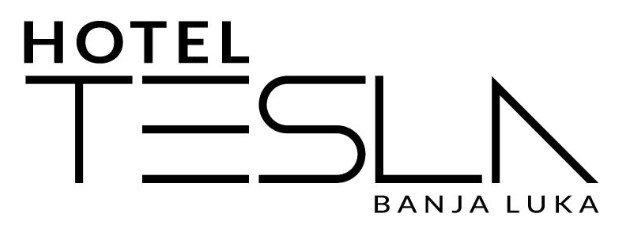NEW ENTRY RULES FOR THE EUROPEAN UNION COMING SOON
In just 12 days, citizens of Bosnia and Herzegovina will face new entry procedures when crossing the external borders of the European Union, as the EU prepares to launch its Entry/Exit System (EES).
The
EES is an automated IT system designed to register non-EU nationals who are
entering the Schengen Area for short stays—up to 90 days within any 180-day
period. It will apply across 29 European countries, including 25 EU member
states (excluding Cyprus and Ireland) and four Schengen-associated countries
(Iceland, Liechtenstein, Norway, and Switzerland).
The
system will digitally record biometric data (four fingerprints and a facial
image), as well as passport details and entry/exit times. Traditional passport
stamps will be replaced by this digital registration process starting October
12, and full implementation is expected by April 10, 2026.
According
to the Croatian Ministry of Interior, border crossings with Bosnia and
Herzegovina that are temporarily designated for international traffic will also
apply the new system. The ministry has confirmed that Croatia is ready for the
rollout and has provided detailed explanations of the new rules on its official
website.
When
entering the EU for the first time under the new system, travelers will be
required to submit biometric data in addition to their travel document. On
future trips, facial recognition will be used to compare live images with
stored data, streamlining the border control process and enhancing security.
In
rare cases, re-collection of biometric data may be necessary.
ETIAS
POSTPONED TO LATE 2026
The
launch of the European Travel Information and Authorization System (ETIAS) has
been delayed. Once operational—now expected in late 2026—visa-free travelers
will need to apply online for pre-travel authorization, paying a fee of €20, up
from the initially proposed €7.
CONCERNS
FOR BOSNIA AND THE REGION
The
Foreign Trade Chamber of Bosnia and Herzegovina warns that the implementation
of EES—and later ETIAS—could cause longer border waits, potentially disrupting
trade.
"The
introduction of EES on October 12 and ETIAS next year will lead to delays at
border crossings, negatively affecting Bosnia’s trade with the EU," a
Chamber representative stated.
Given
the fact that the Western Balkans are surrounded by EU borders, the Chamber
argues the region should not be treated as a "third country" under
these systems. They are advocating for simplified or alternative administrative
procedures to ease cross-border transport and strengthen integration with the
EU market.
The
Chamber estimates that each person may experience an additional one-minute
delay at the border due to EES procedures. Given that over 70% of Bosnia’s
trade is with the EU, the potential economic impact is significant.
Back
in May 2023, the Western Balkans Chamber Investment Forum, representing all six
regional economies, submitted a joint initiative to the European Commission,
urging reconsideration or adaptation of these systems for the region.
The
Commission has responded by reaffirming that stays over 90 days remain under
national visa regimes but expressed openness to further discussions within the
framework of the Growth Plan for the Western Balkans.
During
a recent meeting in Brussels, the Chamber proposed a customized EES model for
the Western Balkans and suggested introducing more precise tracking of
professional drivers using digital tools like EES and SIS. By counting time
spent in the Schengen Area in hours rather than days, flexibility in
international road transport could be significantly improved.
As the
EU pushes forward with modernized border management, the region continues to
seek tailored solutions to avoid disruption and support deeper economic and
logistical integration with Europe.












